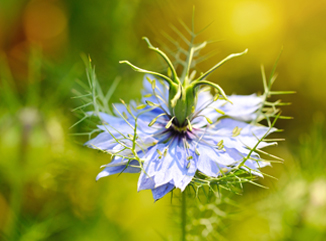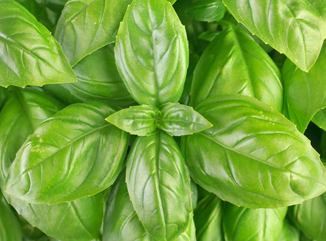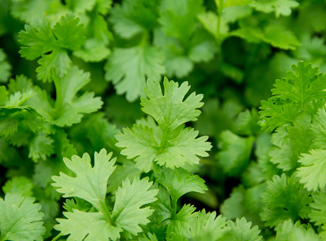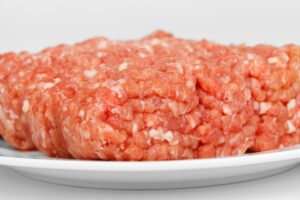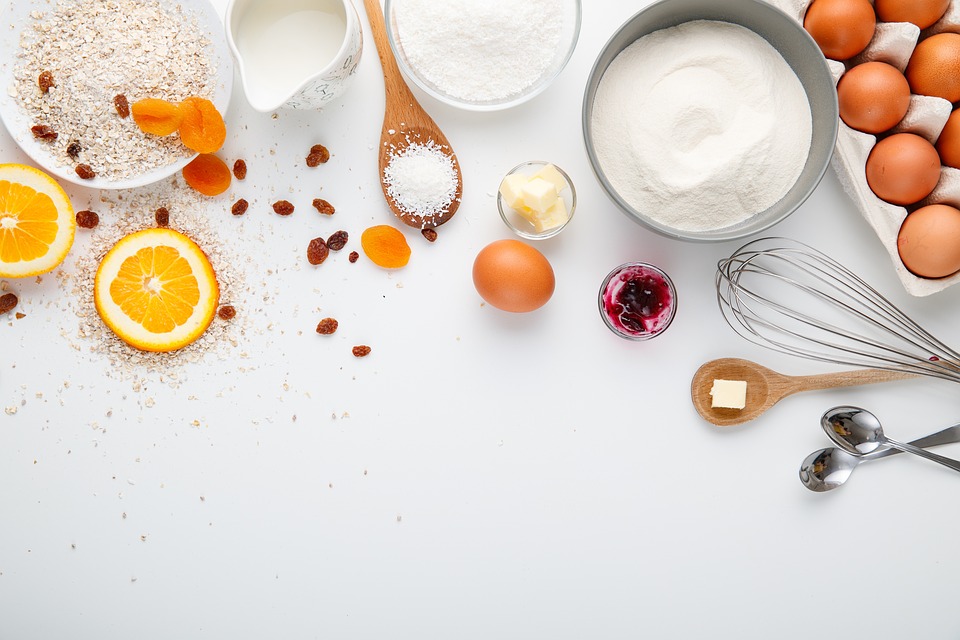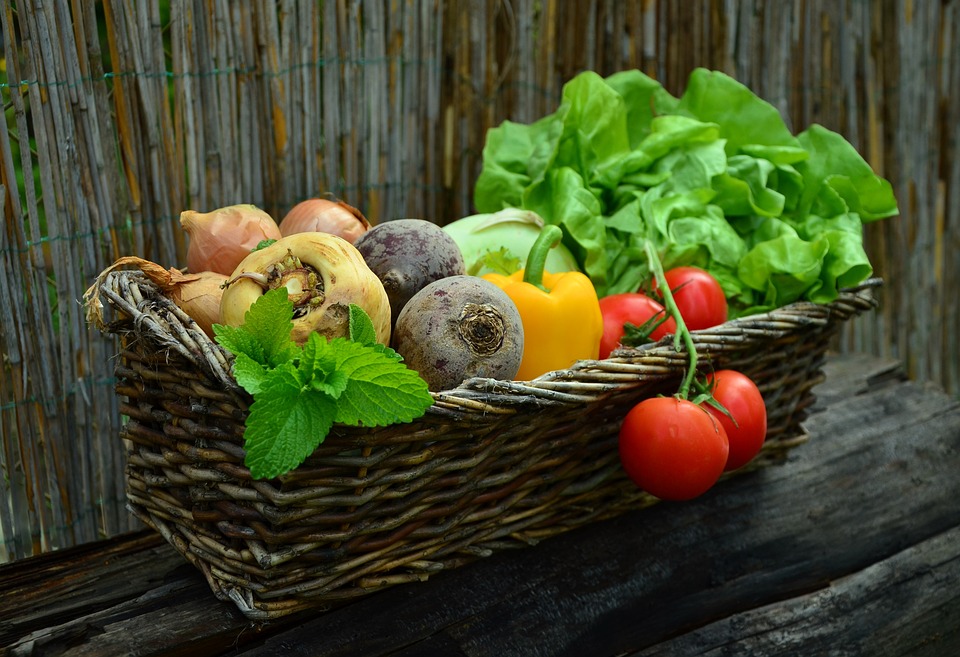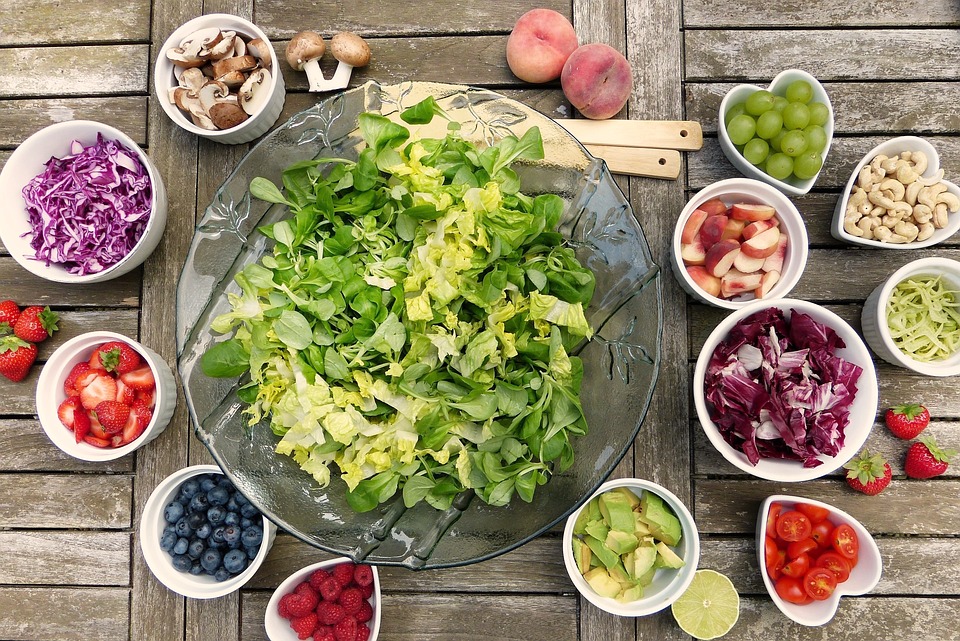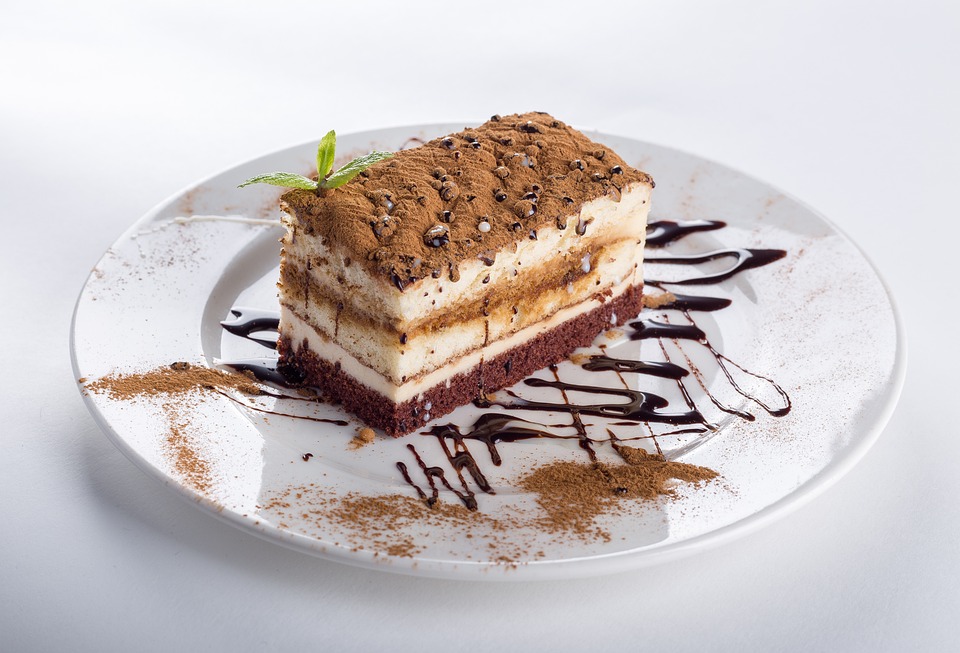Detailed Guide for Sowing and Caring for Caraway (Carum carvi)
1. Choosing the Right Location
Caraway prefers a sunny to partially shaded spot with well-drained, slightly moist, and nutrient-rich soil. A deep, loose soil is ideal because caraway develops a deep taproot. If your soil is heavy or compacted, loosen it before sowing to promote good root development.
2. Sowing Time
Caraway is a biennial plant, meaning it forms leaves in the first year and only flowers and sets seeds in the second year. The ideal sowing time is in spring, around April to May. You can also sow in autumn, but germination may be slower.
3. Preparing the Seeds
Caraway seeds can be sown directly outdoors. Pre-germination is not necessary. However, if you want to speed up the germination process, you can soak the seeds in lukewarm water for a few hours before sowing.
4. Sowing Process
- Row spacing: Keep 30-40 cm (12-16 inches) between rows to give the plants enough space.
- Sowing density: Sow the seeds thinly in furrows about 1-2 cm (0.4-0.8 inches) deep.
- Plant spacing: The distance between plants should be around 10-15 cm (4-6 inches).
- Covering the seeds: Lightly cover the seeds with soil and gently press down.
5. Germination
Caraway takes around 2-3 weeks to germinate. During this period, keep the soil consistently moist but not waterlogged to ensure good germination.
6. Care Instructions
- Watering: Caraway prefers moderate soil moisture. It’s important to keep the soil from drying out during germination and hot weather. Once established, caraway is relatively drought-resistant.
- Fertilizing: A nutrient-rich soil is beneficial, but too much fertilizer can affect the flavor of the seeds. In spring, you can apply a light dose of organic fertilizer or compost.
- Weeding: Regular weeding is crucial, especially in the early stages, to give the young plants enough light and nutrients.
- Soil care: Caraway appreciates loose soil. Gently loosening the soil around the plants can improve aeration.
7. Pests and Diseases
Caraway is relatively resistant to pests and diseases, but it can sometimes be affected by aphids or fungal diseases like mildew. Crop rotation is important to avoid soil pests like nematodes. Caraway should not be grown in the same spot more than once every four years.
8. Harvesting
Caraway blooms in the second year. Harvest the seeds when they turn brown and easily fall from the umbels. This usually happens in July or August of the second year. Cut the seed heads and lay them out to dry in a shady, well-ventilated area.
9. Storing the Seeds
Once dried, the seeds can be rubbed off the seed heads. Store the caraway seeds in a cool, dry place, away from sunlight, to preserve their aroma.
10. Tips
- Crop rotation: To prevent soil exhaustion, avoid planting caraway in the same location more often than every four years.
- Companion plants: Caraway grows well with plants like fennel and dill, as they have similar growing requirements.
- Seed saving: After harvesting, you can save the seeds for the next sowing season.

